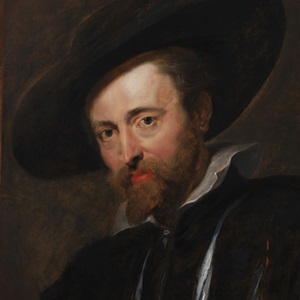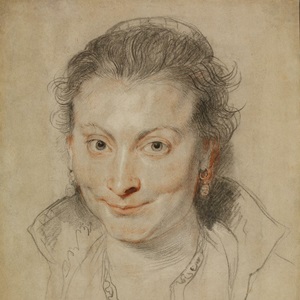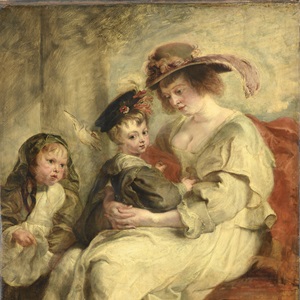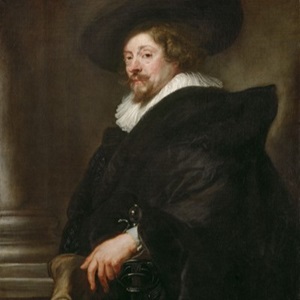Wapper: Rubens’ House

On June 19, 1622, Rubens wrote: “I have also published a book on the architecture of the most beautiful palazzi in Genoa.”
With his own home and especially studio, he brought a piece of Italy to Antwerp.
Look at the Rubens House (now numbers 9-11) on the Wapper (or ‘Bascule’, a balance beam or hoisting beam near a canal) . Imagine the time machine taking you back more than 400 years, to 1611; but still, you remain connected to the present day.
Today, privacy rules would prohibit us from peeping into purchase deeds, last wills, powers of attorney and building permits. But for later generations, such documents contain a wealth of information.
In 1611, Rubens bought a house with a lot of land on the Wapper or ‘Bascule’ street, for 7,600 guilders (approximately 125,000 €). He started renovations and had a studio built above the existing foundations. The construction work took a long time, costing him maybe ten times as much above the purchase price; in today’s currency a million-euro investment.
Since he earned a lot of money from his monumental paintings, Rubens must indeed have built a fortune. The so-called Staetmasse or Estate Mass, drawn up five years after his death, accounts for 400,000 guilders, or more than five million euros!
Just like today, the citizens of the 17th century made plans; Peter Paul and Isabella had drawn up a joint last will, stating that his brother Philip and her father Jan Brant would become guardians of their children; actually, Philip was first to die.
For both his marriages, Rubens had made a prenuptial agreement with his bride to be. These contracts and wills were later on executed to the letter. The inheritance was evenly spread among the children of both marriages, so no one was unfairly treated. Peter Paul’s son Albert inherited the books, and the medals were equally shared with his brother Nicolaas. Helena could keep her jewels and her clothes “the garments woollen, silken, golden, silvern and the linen hers belonging”/”de cleederen, wolle, syde, goude, silveren ende lijne thaeren lyve dienende“.




